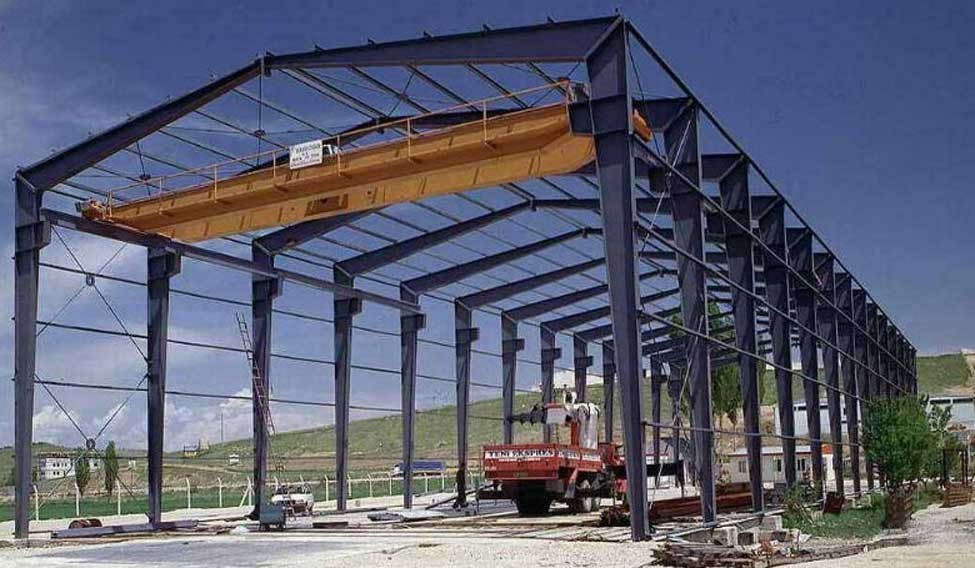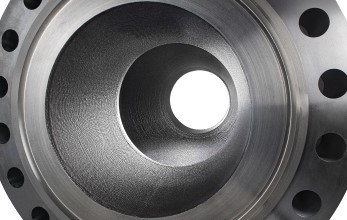




Affordable Construction Material for African and European Countries

Cladded Valves

Microbots: Small is More

TMT Steel Bars: The Backbone of Modern Construction
A butterfly valve is a type of quarter-turn valve that uses a rotating disk to control the flow of liquids or gases. It is commonly used in applications requiring compact design and efficient operation.
The valve operates by rotating a disk within the flow path. Turning the valve's handle or actuator rotates the disk to open, partially close, or completely shut off flow.
Butterfly valves can be constructed from materials such as stainless steel, cast iron, carbon steel, and high-performance plastics. The choice of material depends on the application, pressure, and media (e.g., water, gas, chemicals).
Butterfly valves are used in industries like water treatment, oil and gas, chemical processing, HVAC, food and beverage, and pharmaceuticals.
Yes, especially double-offset and triple-offset butterfly valves, which are designed to handle higher pressures and temperatures.
Consider factors such as:
Yes, butterfly valves have fewer moving parts, making them easy to maintain and repair. Regular inspection and cleaning will ensure long-term reliability.